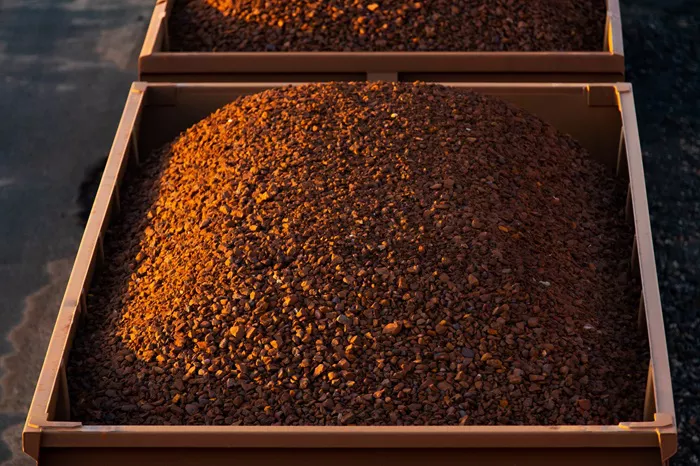Iron ore prices have fallen back below $100 per ton, extinguishing recent gains as renewed pessimism regarding China’s economic outlook dampens industrial commodity markets. The steel-making material had surged nearly 10% over the past two weeks due to tentative signs of stabilization in China’s steel market. However, on Monday, the prices were hit by weak manufacturing data and further negative news from the property sector.
China’s Economic Slowdown Affects Demand
The persistent downturn in China’s real estate sector has significantly reduced demand for steel, exacerbating the industry’s financial woes. Executives from 18 of China’s largest steel producers, who met in Beijing last week, pledged to exercise more “self-discipline” to manage the metal glut. Despite these efforts, iron ore futures dropped by 3.9% to $97.10 per ton in Singapore by 3:47 p.m. local time, while steel futures in Shanghai also saw declines.
Manufacturing and Property Sector Struggles
China’s manufacturing activity contracted for the fourth consecutive month in August, and the latest property sales figures indicate a worsening slump in the residential market. One of China’s largest developers reported its first loss in over 20 years, highlighting the severity of the sector’s challenges.
Industry Faces Oversupply Crisis
Angang Steel Co., the listed arm of China’s second-largest steel producer, acknowledged the difficulties in improving market conditions while supply exceeds demand. The company reported its eighth consecutive quarterly loss in its earnings announcement. The Beijing summit, convened by the China Iron & Steel Association, focused on addressing the pressures faced by the industry, which produces around 1 billion tons of steel annually. The association emphasized the need to avoid “involution,” or destructive competition, which has been increasingly prevalent in China.
Challenges in the Steel Market
The steel industry, accustomed to continuous growth, is still grappling with strategies to counter the ongoing drop in demand. The association noted that both companies and the government are exploring solutions to manage the oversupply crisis. In 2024, few Chinese steelmakers have turned a profit due to falling prices, and calls for measures to address the oversupply have intensified. Angang Steel reported a net loss of nearly 1 billion yuan ($140 million) in the second quarter, a 15% decrease compared to the previous year.
Broader Market Impact
The decline in iron ore prices is part of a broader trend affecting base metals in Asia. Zinc, often linked to the sentiment in China’s steel market, led the losses with a 1.5% drop, while copper fell by 0.2% and aluminum declined for the fourth consecutive day.
Conclusion
The fall in iron ore prices reflects ongoing uncertainties in China’s economic landscape, particularly within the steel and real estate sectors. As the industry struggles with oversupply and declining demand, the path to recovery remains fraught with challenges. The broader base metal markets are also feeling the impact, indicating widespread repercussions across industrial commodities.
Related Topics:

